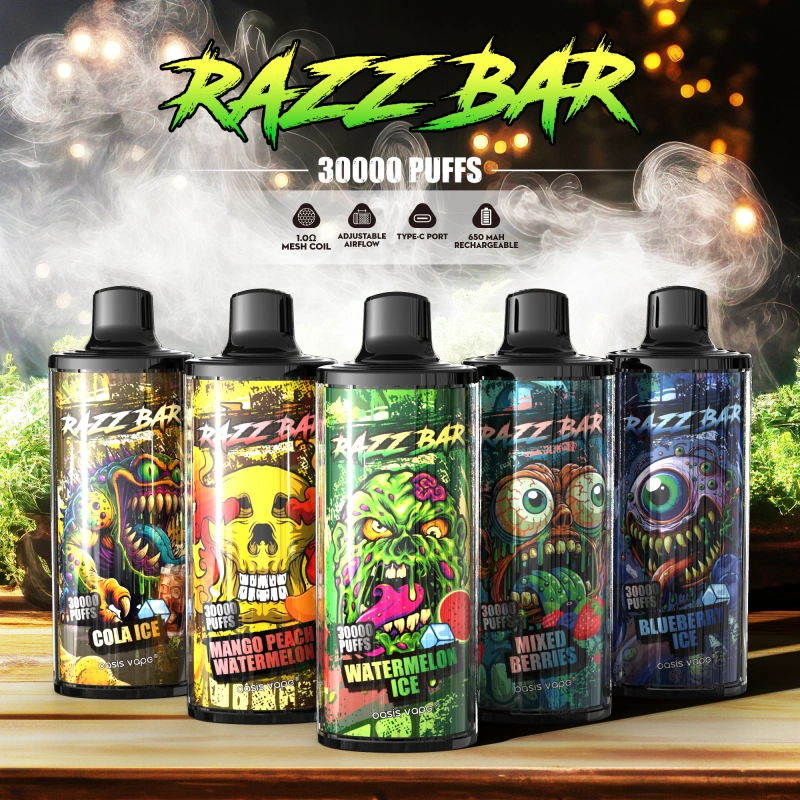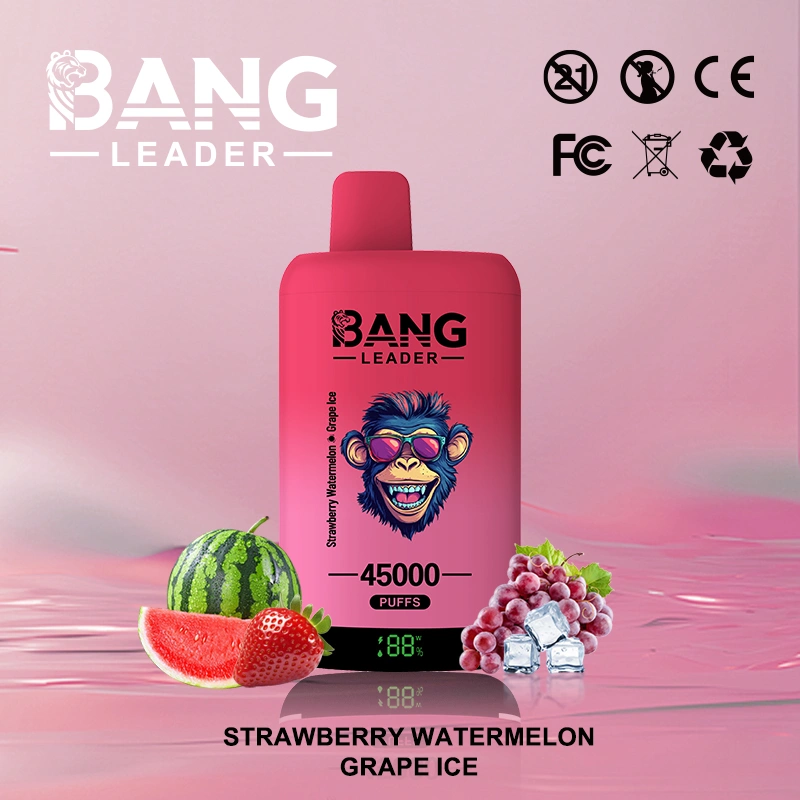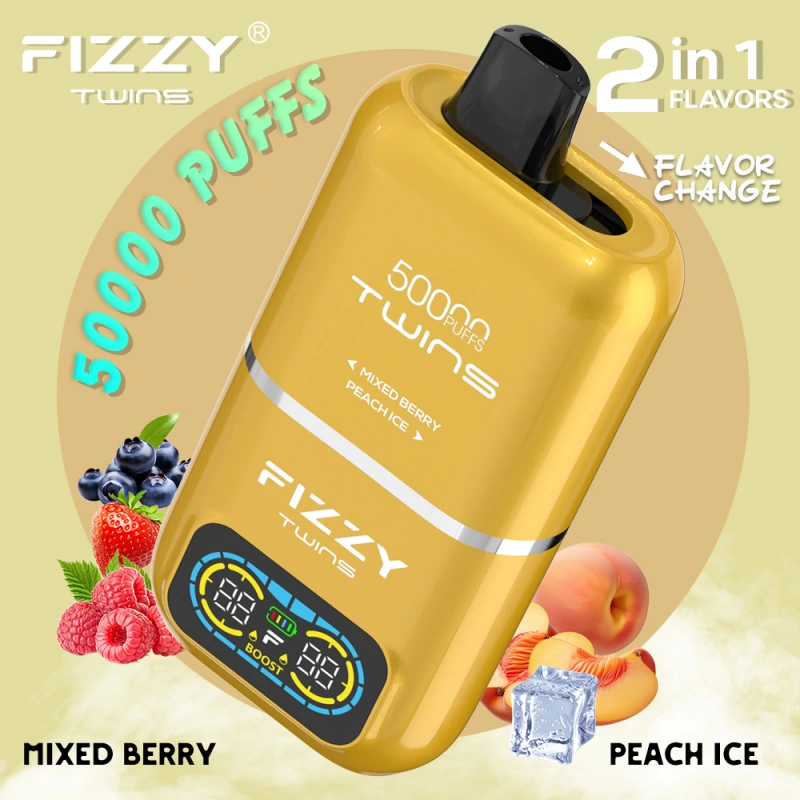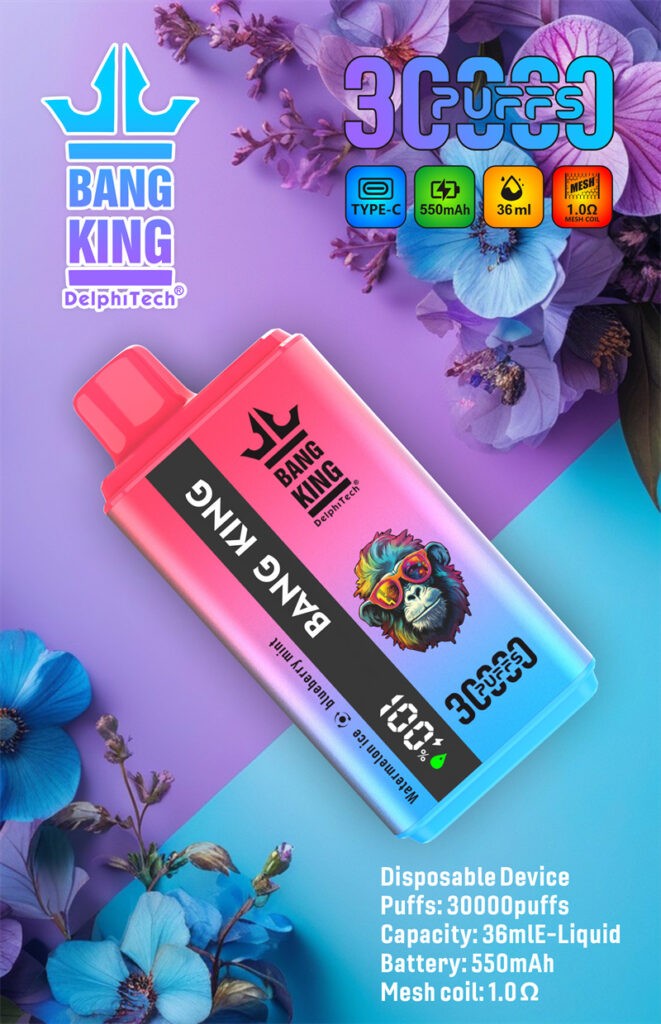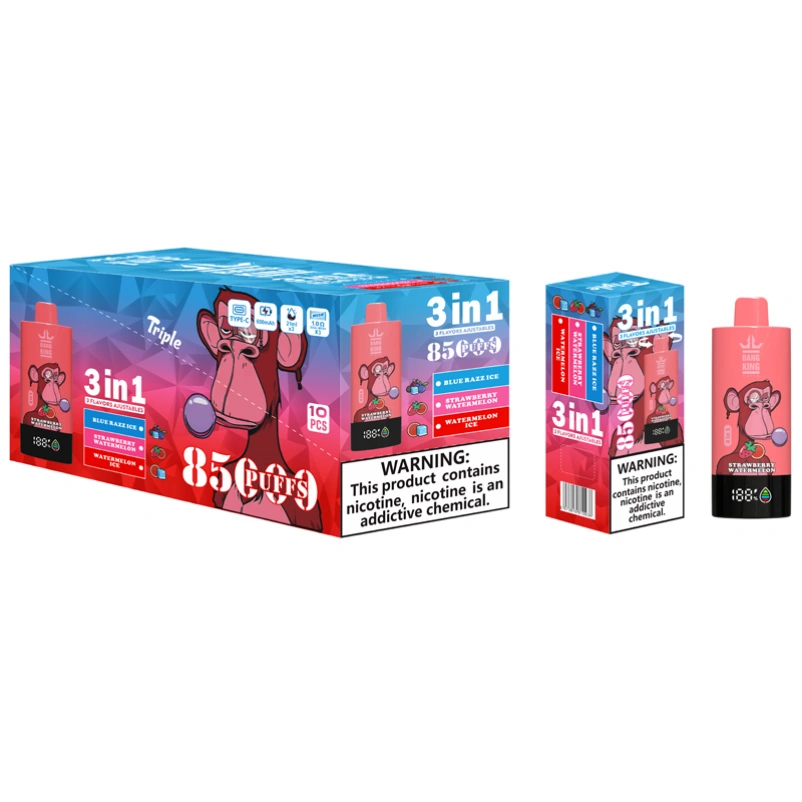Elektroninių cigarečių kasečių sandarumas

Elektroninių cigarečių kasečių sandarumas
Sealing structure design
Some cartridges adopt a multi-layer labyrinth airway design, for instance, achieving ventilation and oil separation through an 11-layer complex structure, while independently isolating the gas exchange and pressure compensation modules. This design can effectively block condensate and reduce the risk of oil leakage. In addition, the inner wall of the cartridge is made of metal material, which can achieve seamless adhesion with the overall structure of the atomization core, and has stronger sealing performance compared with plastic material.
Application of Sealing Technology
In the sealing treatment of the oil storage tank for e-cartridges, flexible sealing components such as silicone rings are adopted. For instance, the bottom of the atomizing core is seamlessly bonded through a silicone ring, further enhancing the sealing grade. Some products control the precision of key sealing parts within ±0.05 millimeters to ensure that different batches of products achieve a seamless fit and reduce oil leakage caused by precision issues of components.
Sealing performance test
According to the national standard for electronic cigarettes, the cartridge should be placed in the most unfavorable direction on absorbent paper that meets the requirements of GB/T 1540 for at least 6 hours. Only after visual inspection confirms the traces of smokeless liquid can it be determined that the sealing is qualified. Some manufacturers use negative pressure testing equipment to conduct air tightness tests on e-cartridts. For instance, they apply a 2-minute pressure holding test to multiple e-cartridts simultaneously. When the pressure value drops by more than 0.05Mpa, a secondary test is required.
Factors influencing sealing performance
The sealing performance is jointly influenced by material selection, manufacturing process and usage environment. The inner wall material of metal can prevent deformation due to heating, while flexible sealing parts such as silicone rings need to have oil resistance and elastic recovery capabilities. During the manufacturing process, the precision of the sealing parts must be strictly controlled to avoid seal failure caused by the accumulation of tolerances. In addition, high temperatures, high pressures or frequent use may accelerate the aging of seals, and durability needs to be enhanced through material optimization and structural design.


